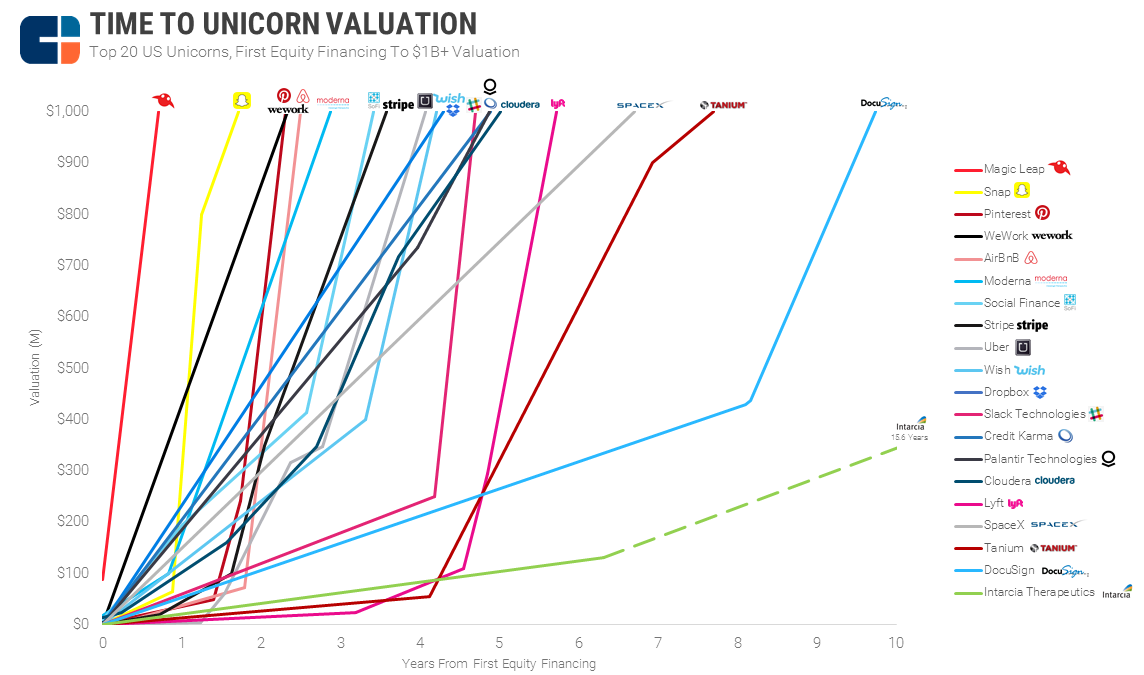Entrepreneurs are often familiar with the concept of the J-Curve. It describes a pattern where significant time and resources are invested initially, followed by a period of rapid growth. However, this concept is frequently misunderstood. In this article, we’ll discuss the misconceptions surrounding the J-Curve and how to set the right direction in the early stages of your startup.
Misconceptions About the J-Curve
Most entrepreneurs aim for a J-Curve. However, relying too heavily on this concept can lead to early frustration. In reality, the time it takes for startups in different countries to become unicorns varies significantly:
- Indonesia: 5.1 years
- China: 6.1 years
- Japan: 6.7 years
- USA: 7.3 years
- South Korea: 9.7 years
As you can see, following the J-Curve is uncommon. More often, growth occurs in a stepwise fashion or through cycles of decline and recovery.
Variety in Growth Rates
Startup growth rates can vary widely. For instance, Snapchat became a unicorn in just two years, while Slack took five years. Factors such as market conditions, industry, and team composition greatly influence the pace of growth. Focusing solely on achieving a J-Curve may be unrealistic.

The Importance of a Long-Term Vision
Instead of being overly conscious of the J-Curve, it’s crucial to establish a long-term vision. Let’s consider the case of Airbnb. Due to a lack of initial funding, Airbnb raised money by selling cereal during the 2009 presidential election and promoted their service by sending countless emails to journalists. This relentless effort led to their current success.

Airbnb’s CEO Brian Chesky stated, “The entrepreneur’s journey will be a long one,” emphasizing the importance of focusing on something you’re truly passionate about. Concentrating on solving the problem you’re passionate about is the best approach.

Survival Strategies for Entrepreneurs
In the early stages, entrepreneurs need to do ‘unscalable things.’ It’s important to meet customers directly and understand their needs. Paul Graham, founder of Y Combinator, also emphasized, “Do things that don’t scale.” The driving force behind a venture’s growth comes from the entrepreneur’s direct involvement and effort.
Airbnb’s founders emphasized the importance of “surviving like cockroaches,” which means identifying customer needs and relentlessly focusing on creating what they want.

Conclusion
The J-Curve is an appealing concept, but not every entrepreneur will experience it. Instead, setting a long-term vision and being persistent is far more important. [The entrepreneurial journey is long, and it will be filled with challenges.] To overcome these challenges, you need to focus on the problem you truly want to solve.
What kind of entrepreneur do you want to be? Find a vision that you can still be passionate about five or ten years from now. The entrepreneurial path is long and difficult, but the rewards at the end will be well worth the effort.
I hope this article helps entrepreneurs set long-term visions and persistently pursue their goals. Success doesn’t happen overnight. Are you ready to embark on the long journey ahead?
Reference: Fleximize, “How Long It Takes to Become a Unicorn”
